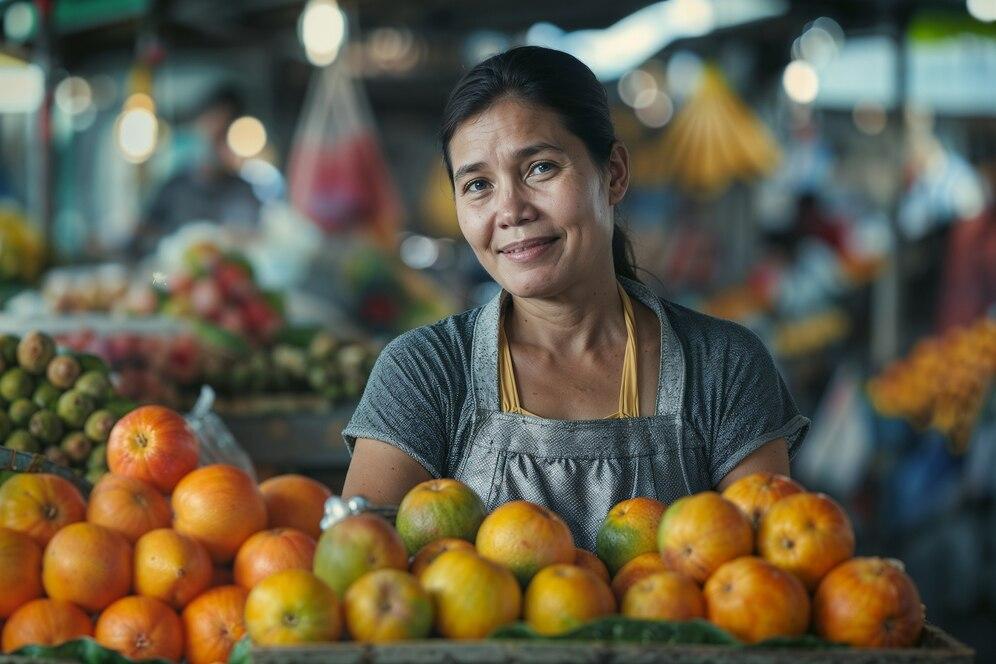Notifications

6 minutes, 41 seconds
-35 Views 0 Comments 0 Likes 0 Reviews

In recent years, the global food industry has undergone a notable transformation. Consumers are becoming increasingly health-conscious, seeking food options that not only satisfy cravings but also contribute positively to their overall well-being. Among the fastest-growing segments in this space is the healthy snacks market — and in 2024, the Mexico Healthy Snacks Market stood out with impressive growth.
With a rising demand for nutritious and convenient food alternatives, this market is expected to continue its upward trajectory, growing at a compound annual growth rate (CAGR) of 6.50% from 2025 to 2034. This article explores the key factors driving this growth, current trends, and what the future holds for healthy snacking in Mexico.
Urbanization, increased disposable incomes, and growing awareness about diet-related health issues have significantly influenced Mexican consumer behavior. More people are adopting active lifestyles, and with that comes a shift in dietary habits. Instead of traditional snacks high in sodium, sugar, and unhealthy fats, consumers are now seeking snacks that offer functional benefits, such as protein bars, low-sugar fruit snacks, baked chips, and superfood-based treats.
The Mexico Healthy Snacks Market is benefiting from this shift, as brands increasingly focus on product innovation, incorporating organic, non-GMO, gluten-free, and low-calorie options to cater to a wider audience.
The year 2024 marked a turning point for the healthy snacks industry in Mexico. Valued at several hundred million USD, the market registered a significant growth rate, outperforming many projections. Several factors contributed to this:
Increased consumer education on nutrition and healthy eating habits
Government campaigns and school programs promoting better food choices
Expansion of distribution channels, including online retail and convenience stores
Greater investment in product innovation by both domestic and international brands
Moreover, the post-pandemic era brought heightened awareness of immunity, mental health, and physical well-being, encouraging consumers to rethink what they eat daily — including their snacks.
The Mexico Healthy Snacks Market is broadly categorized into several segments based on product type, distribution channel, and target demographic.
Nuts & Seeds: Rich in protein and healthy fats, these snacks are favored for their satiating qualities and nutritional benefits.
Snack Bars: Includes granola, protein, and energy bars tailored for active lifestyles.
Fruit & Vegetable Snacks: Dried fruit, fruit leathers, and vegetable chips are becoming increasingly popular.
Yogurt & Dairy-Based Snacks: Aimed at gut health and high protein intake.
Baked Snacks: Low-fat alternatives to traditional fried snacks.
Supermarkets and Hypermarkets: Continue to dominate due to wide product availability.
Convenience Stores: Benefit from impulse purchases and on-the-go snacking.
Online Retail: Witnessing rapid growth, driven by younger demographics and subscription-based healthy snack services.
Young Adults and Millennials: The largest consumer group, driven by fitness goals and digital health trends.
Parents and Children: Seeking nutritious snack options for school and after-school activities.
Health-Conscious Seniors: Focused on managing chronic conditions through diet.
The Mexico Healthy Snacks Market is evolving rapidly, influenced by both local and global trends. Here are some key movements to watch:
With the rise of vegan and vegetarian lifestyles, more consumers are opting for plant-based protein snacks such as chickpea puffs, lentil chips, and nut-based products.
Snacks fortified with added vitamins, minerals, adaptogens, and probiotics are seeing higher demand as consumers seek additional health benefits from their food.
Consumers are increasingly scrutinizing ingredient lists. Brands that provide clear labeling, minimal processing, and natural ingredients gain more trust and loyalty.
Eco-consciousness is on the rise, with many consumers preferring brands that use recyclable, biodegradable, or reusable packaging.
With advancements in health tech and DNA-based diet programs, tailored snack options for specific health needs are becoming more common.
While the outlook for the Mexico Healthy Snacks Market is optimistic, it’s not without its challenges:
Price Sensitivity: Healthy snacks often come at a premium price, which may deter low-income consumers.
Competition with Traditional Snacks: Familiar, flavorful, and often cheaper, traditional Mexican snacks still dominate the market.
Supply Chain Issues: Ingredient sourcing, especially for exotic or imported components, can cause disruptions.
Brands looking to succeed must balance quality and affordability while also investing in consumer education to build trust and demand.
Given the sustained interest in health and wellness, the healthy snacks sector in Mexico offers ample opportunities for both local entrepreneurs and international investors. Some avenues worth exploring include:
Local Sourcing: Leveraging native Mexican ingredients like amaranth, chia, and agave for product differentiation.
Strategic Partnerships: Collaborating with gyms, wellness influencers, and health programs to reach target audiences.
E-commerce Growth: Capitalizing on online platforms and social media for direct-to-consumer (DTC) sales.
Brands that focus on innovation, transparency, and sustainability while meeting local taste preferences are likely to thrive.

